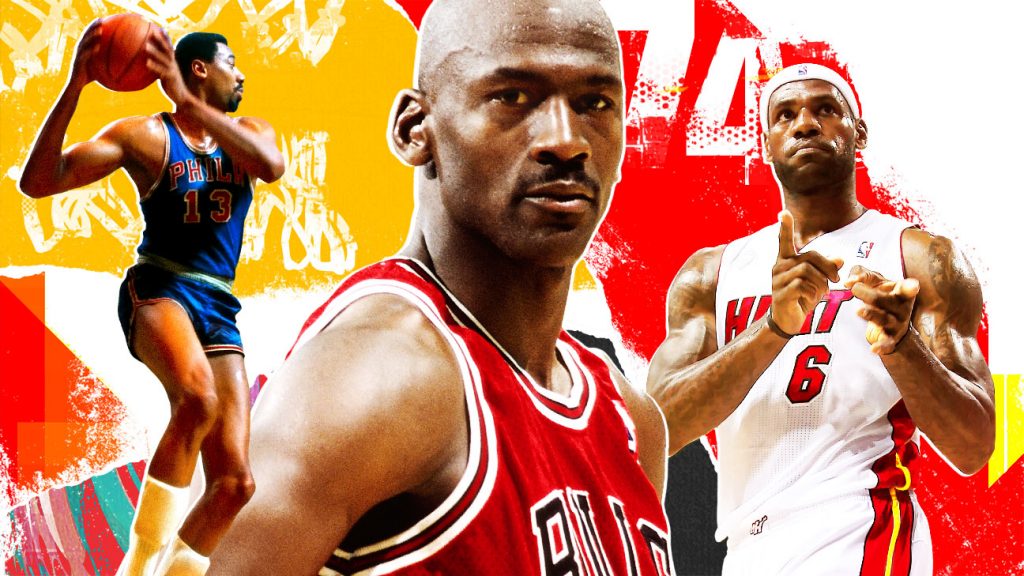- How it all began
The earliest description of a basketball player as a ” unicorn “that I found dates back to 2014 and referred to the game of Serge Ibaka, then playing for Oklahoma. In 2015, this term was used by Rafe Bartholomew in an article on the site Grantland.com (the brainchild of bill Simmons, a precursor to his current project TheRinger.com). Bartholomew noted that before the 2015 NBA draft, French forward Muammadou Jaite was promoted by an Agency called the Unicorn Factory. It also produced a series of videos about Zhite, and Bartholomew joked that in them this player looks like a “unique basketball unicorn”, although in fact, most likely, it will be a clone of Johan Petro.
The controversy with the Simmons
To Simmons and his understanding of the basketball unicorn, there is exactly one question: by what criteria can a player be recorded in these very unicorns?
Problem of biography or appearance
Take, for example, Manute Bola.
What is the difference between Manute Bol (a tall black thug who put a lot of block shots, but did not know much about offense) and several other abnormally tall players like Mark Eaton (a tall white thug who put a lot of block shots, but did not know much about offense) or Sean Bradley (a tall white thug who played a little better on offense, but was also remembered primarily for block shots)?
The ball is important for the list of outstanding growth? Gheorghe mureşan was officially taller.
You might think that Bol was better as a player. No, Simmons ‘ argument is that not only was bol incredibly tall, But he also had African scars on the back of his head and that “he was so black that he looked purple.” But we can’t compare scars or skin color. In this case, the appearance will also display players in the list of unicorns.
Problem of achievements and conditions
Bill Russell is a great winner, but a unicorn? Yes, he won 11 Championships in 13 years, but what did he do special? Blocked, passed, ran, picked up, cemented the team’s play at both ends of the court. But you can’t make a man into a unicorn based on the champion’s rings alone, or Robert Orry will come knocking at the door. The number of rings should not be taken into account when determining the degree of unicorns.

You can’t say that Stephen Curry and Pete Maravich are special in their own right, because one had a three – point arc and the other didn’t. It may well be that if Maravich had a three-point line, he would have changed the game the way curry changed It in the mid-2010s. These are two players who are similar in type and basketball DNA (the figures of their fathers also meant a lot to both of them, although in Curry’s case this is a positive example, but for Maravich it is rather destructive). Both were acting in a non-standard manner, both were predisposed to injury. Curry came out of the hole, became the MVP and champion. Pistol Pete finished his career at the age of 32.
Curry’s success has fueled the desire of NBA General managers to find his new partner (Trey young?). Dirk Nowitzki was in a similar situation at the time. He created his own canvas, and NBA team leaders ran like scalded in search of the”new Dirk”. They didn’t find a new Dirk, but they did find Raphael Araujo, Nikoloz Tskitishvili, Darko Milicic and Andrea Bargnani. Through trial and error, the NBA got used to a new type of player. After 20 years, throwing a seven-footer will not surprise anyone. Dirk’s status as a unicorn has been significantly devalued.
Just because Jordan was great doesn’t mean he was a unicorn. You don’t have to be a unicorn to be great.
